Live cuts, cuciture a vista, saddle shoulder straps, gathers and embroideries that take up hand stitches: on the catwalk of Altaroma the young fashion designers of the Roman School of Fashion ofEuropean Institute of Design.
A catwalk that wants to establish itself as a hymn to body positivity, a praise of imperfect beauty that seeks full freedom through the renunciation of labels. The students after a three-year educational path. show their know-how through craftsmanship aimed at overturning the canons of the sartorial discipline e, metaphorically, a reversal of the rules that wants to assert itself as a manifesto
of imperfection.
“A manifesto of imperfection that does not transcend beauty - he comments Paola Pattacini, coordinator of the IED Rome Fashion School -. High tailoring is the setting for the insubordinate flair of our designers,
that through craftsmanship and embroidery maintain a strong link with the traditions of the territory, while aware of their creative freedom, that finds full nourishment in a city like Rome“.
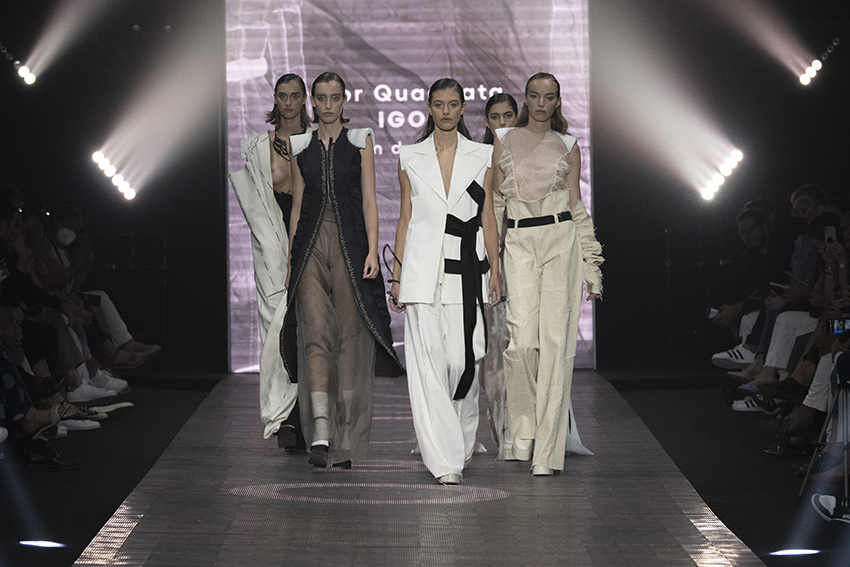
Ten capsule collections presented at Altaroma, accompanied by three collections of accessories and two of jewelry. Tra queste, Bodyparts by Gianluca Zumbolo, collection that investigates the body and its change over time, than with padding, upcycling and point of view enhances an ever-changing beauty that challenges stereotypes and conventions. O AKETH, work by Maria Eleonora Pignata, un tributo a Sekhmet – Egyptian goddess of epidemics and healings, that punishes and regenerates. A collection created in collaboration with the Vatican Museums that aims to enhance destruction as a symbol of creation and rebirth and wants to demonstrate how powerful aesthetic and interior forms are born from imperfections.

The protagonist of the IED catwalk is also nature and its relationship with the human being. BIOPHILY, project by designer Laura Finizio, explores man as a product of nature and as a part of it
essential. A bond transposed into the garments through natural fabrics and agar agar sequins, biopolymer derived from algae. Yet, Vanishing Africa, work by Ida Paliotta dedicated to the man-environment relationship of
Surma e Mursi, extant Ethiopian tribes, and Spinosa, Anna Tessarin's jewelry collection, tale of a rebellious nature, that after centuries of abuse, it changes from a prosperous life-giving to an evil one, capable of inflicting
pain and threaten human survival.

During the event, IED Rome presented the collection 15-4020, dedicated to Giacomo Balla's masterpieces and created in partnership with Biagiotti Group and the A Future Together project, in collaboration with Maglificio Gran Sasso, born to imagine the future of the historic made in Italy clothing brand, which wants to represent a point of connection between the creative experimentation of young fashion designers and the quality of the brand's ancient manufacturing techniques.

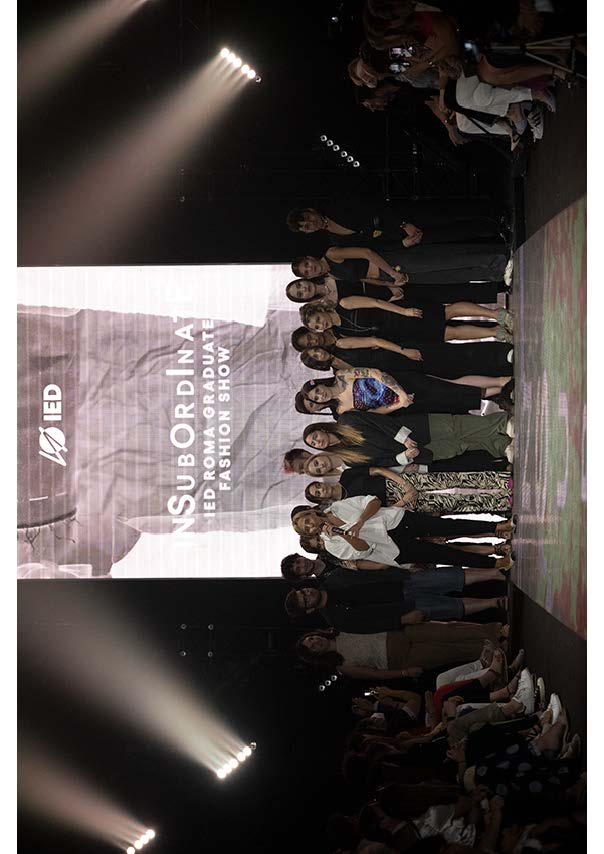
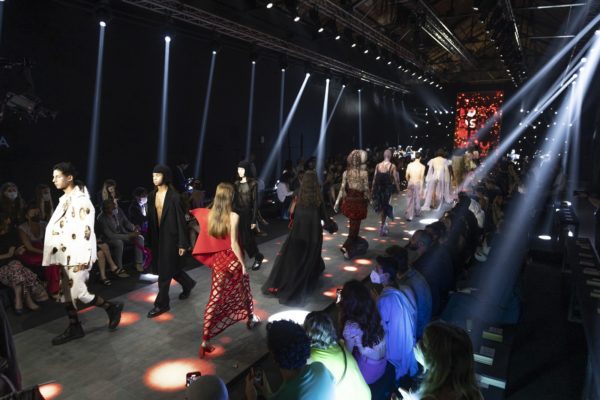
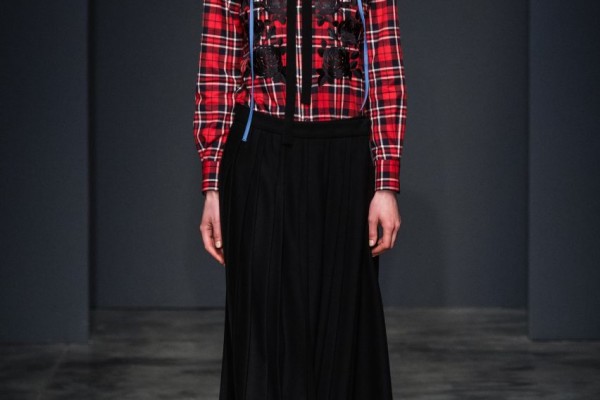

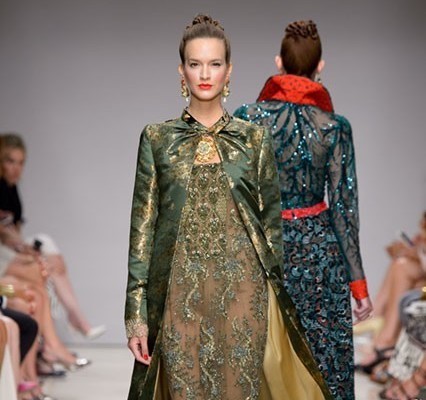



Leave a Reply